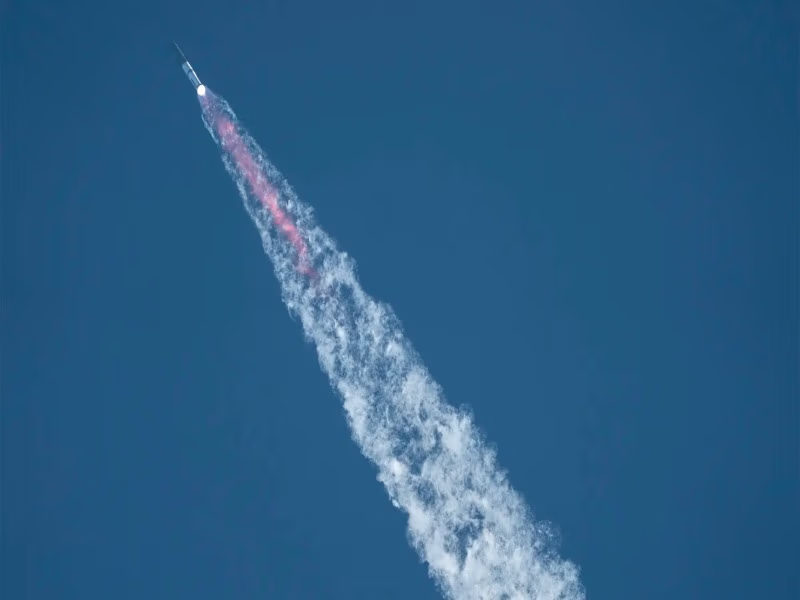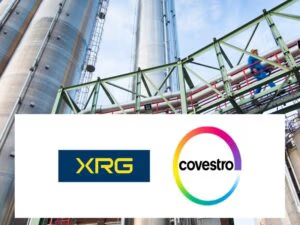SpaceX has proposed to NASA a “simplified mission” to land astronauts back on the moon, following criticism about delays by the space agency’s acting administrator, Sean Duffy.
The Aerospace and Defense Contractor of Elon Musk announced in a company blog that “We’ve shared and are formally assessing a simplified mission architecture and concept of operations that we believe will result in a faster return to the Moon while simultaneously improving crew safety.”
In an interview on CNBC’s CNBC’s Squawk Box earlier this month, Duffy indicated that SpaceX was lagging in the construction of a lunar landing system for NASA in the Artemis III mission and that the organization would reopen the landing contract to competitive companies like Jeff Bezos’ rocket maker Blue Origin.
A spokesperson of NASA wrote an email to CNBC stating that the agency “has received and is evaluating plans from both SpaceX and Blue Origin for acceleration of HLS production.”
The spokesperson said, “Following the shutdown, the agency will issue an RFI to the broader aerospace industry for their proposals. A committee of NASA subject matter experts is being assembled to evaluate each proposal and determine the best path forward to win the second space race, given the urgency of adversarial threats to peace and transparency on the Moon.”
NASA had already indicated that SpaceX and Blue Origin would have until the end of the month of October 29 to suggest new methods to accelerate the project.
In his social media X (formerly known as Twitter), Musk first responded to Duffy by posting, “Sean Dummy is trying to kill NASA!” In another post, Musk wrote: “The person responsible for America’s space program can’t have a 2 digit IQ.”
The major Starship of SpaceX has already made 11 test flights. The two most recent flights were declared successful, and the firm has not yet demonstrated all the in-orbit refueling capacities it needs before proceeding with the Artemis III, manned lunar mission.
Blue Origin has been working on a lunar lander platform with NASA and has been receiving approximately $835 million from the space agency since its contract was signed in 2023.
The firm intends to roll out a smaller-scale version of its lander called Blue Moon Mark 1. However, China is looking forward to putting its astronauts on the moon before the decade ends.
During all-hands meetings with NASA workers in September, Duffy informed his employees that he was annoyed by the “shade thrown” at the space agency by a Senate hearing where some of the participants argued that the U.S might not place astronauts back on the Moon before China lands its astronauts there.
In addition to its lunar mission, China also claimed that it was launching another team to its orbit lab, the Tiangong space station, this week.
This space station was constructed by China following its exclusion from access to the International Space Station on grounds of national security by the US government.
SpaceX receives payments every time it meets various milestones in its NASA contract for the HLS (human landing system integrated lander).
As reported by the USA spending, which monitors federal contracts, NASA has already paid SpaceX about $2.7 billion to “design, development, manufacture, test, launch, demonstration, and engineering support” of the HLS.
The agency must also pay approximately an extra $300 million in milestones SpaceX has reached, and the company of Musk can gain an overall amount of $4.5 billion (or another $1.5 billion) of the HLS contract in the case they all meet milestones.
In their company blog post today, SpaceX stated that they “self-funded” 90 percent or more of the program, which would mean they have already been spending over $30 billion.
CNBC reported that some NASA workers have been required to work without being paid by the space agency during the federal government shutdown, in case they are doing their jobs to support Artemis missions.
SpaceX and Blue Origin did not comment immediately to CNBC about the matter.






